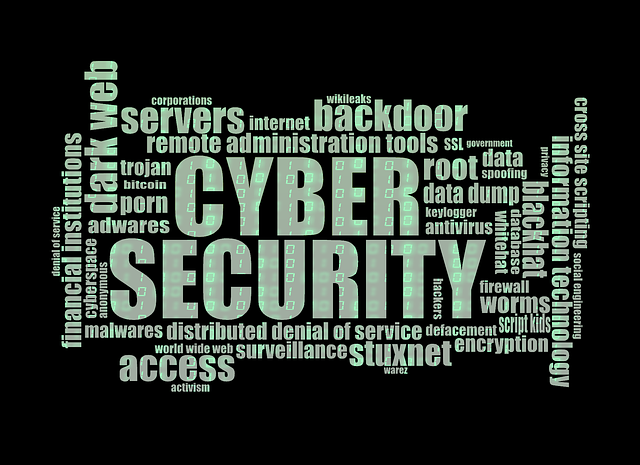Diplomats operating in high-risk environments face diverse threats from targeted attacks to cyberattacks. Effective personal security requires robust intelligence gathering, thorough threat assessments, and advanced communication systems. Local law enforcement and intelligence agencies play vital roles in safeguarding diplomats through strategic personnel deployment and information sharing. During high-risk events, continuous training and coordination among stakeholders are essential for proactive safety measures. Staying informed, adopting new strategies, and integrating technologies are crucial for maintaining effective personal security plans.
Safeguarding diplomats during high-profile events like summits, conferences, and state visits is paramount for ensuring international relations flourish. This article explores the multifaceted approach to enhancing the personal security of diplomats, delving into unique risks, strategic measures, local agency collaboration, effective communication, and continuous training. By implementing robust strategies in these areas, we can foster a secure environment, enabling diplomatic personnel to navigate potentially dangerous landscapes with confidence and professionalism.
Understanding the Unique Risks Faced by Diplomats
Diplomats, while representing their countries on the global stage, often find themselves in high-risk environments during summits, conferences, and state visits. These events attract various stakeholders, from world leaders to activists and potential threats. Understanding the unique risks is crucial for effective personal security for diplomats. One of the primary concerns is the possibility of targeted attacks or assassination attempts, especially in politically charged atmospheres. Diplomats may also face the challenge of navigating dense crowds and managing unpredictable situations during public appearances, ensuring they can quickly escape or access secure areas if needed.
Additionally, the sensitive nature of their work exposes diplomats to potential espionage, kidnapping, or cyberattacks. The personal security for diplomats must account for these risks by employing robust intelligence gathering, thorough threat assessments, and advanced communication systems. It involves a complex interplay of physical protection, operational preparedness, and discreet counter-surveillance measures to ensure their safety and the successful execution of their diplomatic missions.
Strategies for Enhancing Personal Security Measures
Role of Local Law Enforcement and Intelligence Agencies
Local law enforcement and intelligence agencies play a pivotal role in safeguarding diplomats during high-profile events such as summits, conferences, and state visits. These agencies are responsible for providing comprehensive personal security for diplomats, leveraging their expertise and resources to mitigate potential risks. They collaborate closely with diplomatic missions to gather intelligence, conduct threat assessments, and implement robust security measures tailored to each event’s unique challenges.
Through advanced surveillance techniques, thorough background checks, and strategic deployment of personnel, law enforcement ensures the safety and well-being of diplomats both on and off duty. Intelligence agencies offer critical support by sharing sensitive information, anticipating potential threats, and coordinating with international partners to enhance overall security. This multi-faceted approach is essential for navigating complex security landscapes and ensuring the smooth execution of diplomatic missions.
Communication and Coordination During High-Risk Events
During high-risk events like summits, conferences, and state visits, effective communication and coordination are paramount for the personal security of diplomats. This involves a robust network of information sharing among various agencies and stakeholders, including local authorities, international partners, and the diplomatic mission itself. Real-time updates on potential threats, crowd dynamics, and logistical challenges enable proactive measures to safeguard diplomats.
Coordination entails meticulous planning and agile response strategies. It includes establishing clear command structures, defining roles and responsibilities, and implementing robust communication protocols. Regular briefings and debriefings ensure that all parties involved are aligned, enhancing the overall effectiveness of personal security for diplomats during these events.
Continuous Training and Preparedness for Diplomatic Personnel
Diplomatic personnel operating during high-profile events like summits, conferences, and state visits require continuous training to enhance their personal security for diplomats. This ongoing education must cover a range of scenarios, from basic crowd control and first aid to advanced tactics for dealing with potential threats such as assassination attempts or terrorist attacks. Regular drills and simulations help prepare them for unexpected situations, ensuring they are equipped to maintain safety not just for themselves but also for the leaders and dignitaries in their charge.
A key aspect of this preparation is staying informed about global security trends and adapting protocols accordingly. With the ever-evolving nature of threats, diplomats must be adept at assessing risks, quickly adopting new strategies, and integrating cutting-edge technologies into their personal security plans. This dynamic approach to training not only safeguards individuals but also bolsters the overall credibility and effectiveness of diplomatic missions during these critical events.
Safeguarding diplomats during high-profile events is a multifaceted challenge that demands a comprehensive approach. By understanding the unique risks, implementing robust security strategies, fostering local partnerships, and prioritizing continuous training, we can ensure the safety and effectiveness of diplomatic personnel. Personal security for diplomats is not just about physical protection but also effective communication and preparedness to navigate complex environments. These measures are essential in mitigating potential threats and facilitating successful summits, conferences, and state visits.
